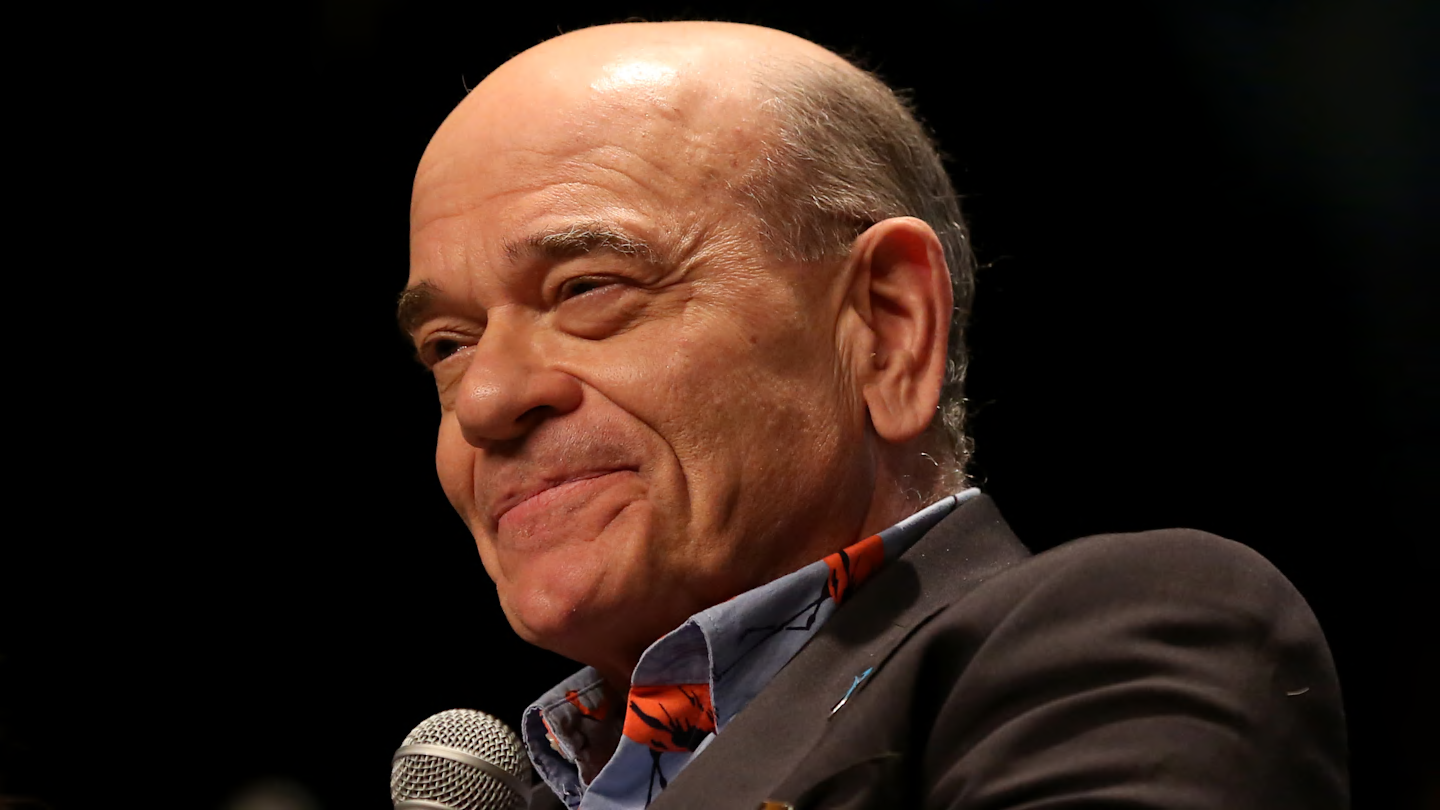
As a long-time Star Trek enthusiast who’s seen every episode of Voyager multiple times, I must say that The Doctor is undoubtedly one of the most fascinating characters in the franchise. Robert Picardo’s portrayal brought depth and humanity to a hologram, making him a beloved figure among fans.
In Star Trek: Voyager, there are numerous characters that fans consider the best, but many have a strong preference for The Doctor. Initially designed as a temporary medical hologram, over the course of the series, he evolved significantly. Known as The Doctor, this character gained popularity due in part to Robert Picardo’s excellent portrayal, making him one of the standout characters on the show.
Through his continuous development, versatility as an actor, and compelling portrayal, The Doctor had acquired the essential talents (metaphorically speaking) to emerge as the finest and most captivating character in the series, a fact appreciated by numerous fans. Consequently, it was not unexpected that he would be reprised for the upcoming live-action Star Trek spinoff, Starfleet Academy.
Even though the character is back in the series, it’s important to note that about three decades have gone by since Voyager initially set sail in real life. While holograms don’t grow older, actors like Picard certainly do. The accomplished actor has reached the age of 70 now, a significant change from his appearance on the Voyager all those years ago.
It’s worth pointing out that this isn’t the Doctor’s first return to the franchise. Picardo returned as The Doctor in the second season of Star Trek: Prodigy. That show, however, is an animated show. Unlike Starfleet Academy, which will in fact be live-action. It’s easy to make a piece of animation look younger, not so much with an actual person.
The topic of potential modifications to The Doctor’s appearance arises for the upcoming series. Is it necessary? In many ways, yes. However, how do we justify this transformation? When the character Q reappeared in the show, he did so with subpar makeup and CGI, which was plausible given his god-like status and non-aging nature. Yet, Q eventually altered his appearance to look older, allowing Jean-Luc Picard’s contemporary version of himself to be recognizable.
Since the Doctor isn’t divine, evil, or expected to encounter someone he knew from over a millennium ago in the future, it seems logical that physical form could be the cause of his aging.
He might invent a reason claiming that he constructed a real, biological body using advanced technology to avoid relying on the holographic projectors aboard the spaceship or his wearable mobile holographic emitter. Having a genuine, living body would serve as better protection for his software. Additionally, this approach would provide an obvious explanation for why he appears to have aged significantly since Voyager.
Among several possible interpretations, this one seems most logical without overwhelming you with excessive storyline details.
Read More
- Clash Royale Best Boss Bandit Champion decks
- Clash Royale December 2025: Events, Challenges, Tournaments, and Rewards
- Clash Royale Furnace Evolution best decks guide
- Clash Royale Witch Evolution best decks guide
- Mobile Legends X SpongeBob Collab Skins: All MLBB skins, prices and availability
- Mobile Legends December 2025 Leaks: Upcoming new skins, heroes, events and more
- Mobile Legends November 2025 Leaks: Upcoming new heroes, skins, events and more
- BLEACH: Soul Resonance: The Complete Combat System Guide and Tips
- The Most Underrated ’90s Game Has the Best Gameplay in Video Game History
- Doctor Who’s First Companion Sets Record Now Unbreakable With 60+ Year Return
2024-09-28 00:23